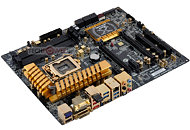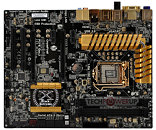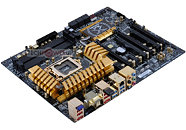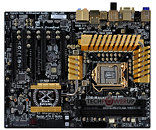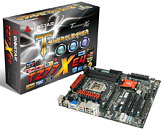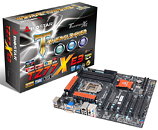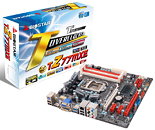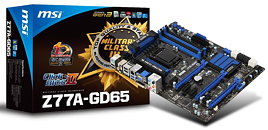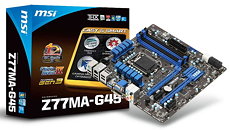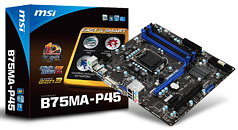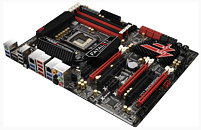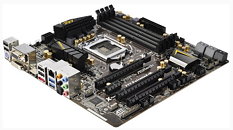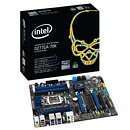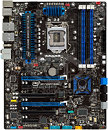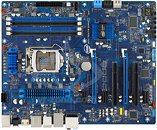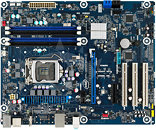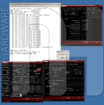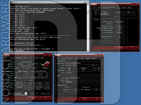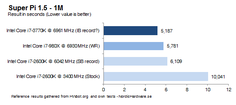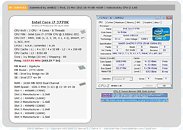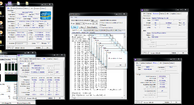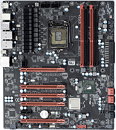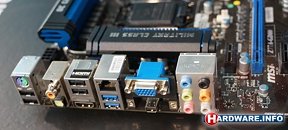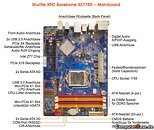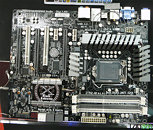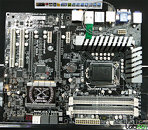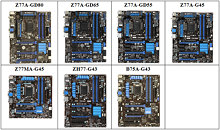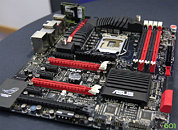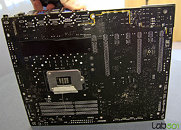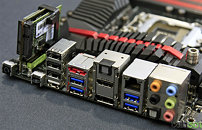
ASUS Launches the Maximus V GENE Republic of Gamers Motherboard
Now in its fifth generation, ASUS ROG (Republic of Gamers) has launched its Maximus V Series motherboards with the Maximus V GENE. This micro-ATX powerhouse is built using the latest Intel Z77 chipset, which supports Intel's latest LGA1155 processors. Featuring full PCI-Express Gen-3 capabilities with Intel's 3rd Generation processor the Republic of Gamers team equips the Maximus V GENE with exclusive features such as the Extreme Engine DIGI+ II power control design, SupremeFX III gaming audio, Intel Ethernet with ROG GameFirst software and the newly added mPCIe Combo card.
Give Your PC A Power Up With The ROG Exclusive mPCIe Combo Card
The mPCIe Combo card is a new innovation by the ROG team, combining the twin functions of mPCIe with mSATA into a single, extensible add-in card that still allows full use of the PCI-Express slots for multi-GPU graphics. With the addition of an mSATA SSD for use with Intel Smart Response Technology or simply installing the entire OS, this frees up standard SATA ports for other uses. The combination of a standard mPCIe socket on the other side allows unique upgrades such as WiFi, Bluetooth, 3G/4G, GPS and other connectivity.
Give Your PC A Power Up With The ROG Exclusive mPCIe Combo Card
The mPCIe Combo card is a new innovation by the ROG team, combining the twin functions of mPCIe with mSATA into a single, extensible add-in card that still allows full use of the PCI-Express slots for multi-GPU graphics. With the addition of an mSATA SSD for use with Intel Smart Response Technology or simply installing the entire OS, this frees up standard SATA ports for other uses. The combination of a standard mPCIe socket on the other side allows unique upgrades such as WiFi, Bluetooth, 3G/4G, GPS and other connectivity.




